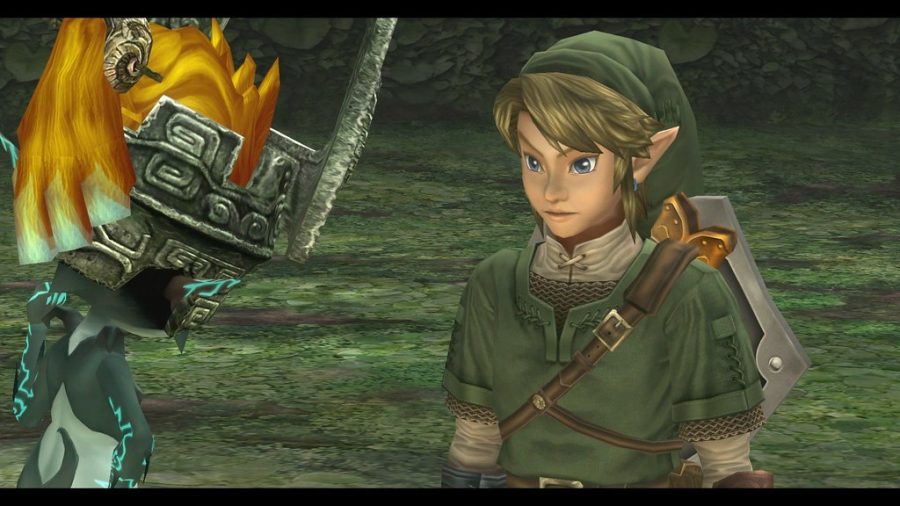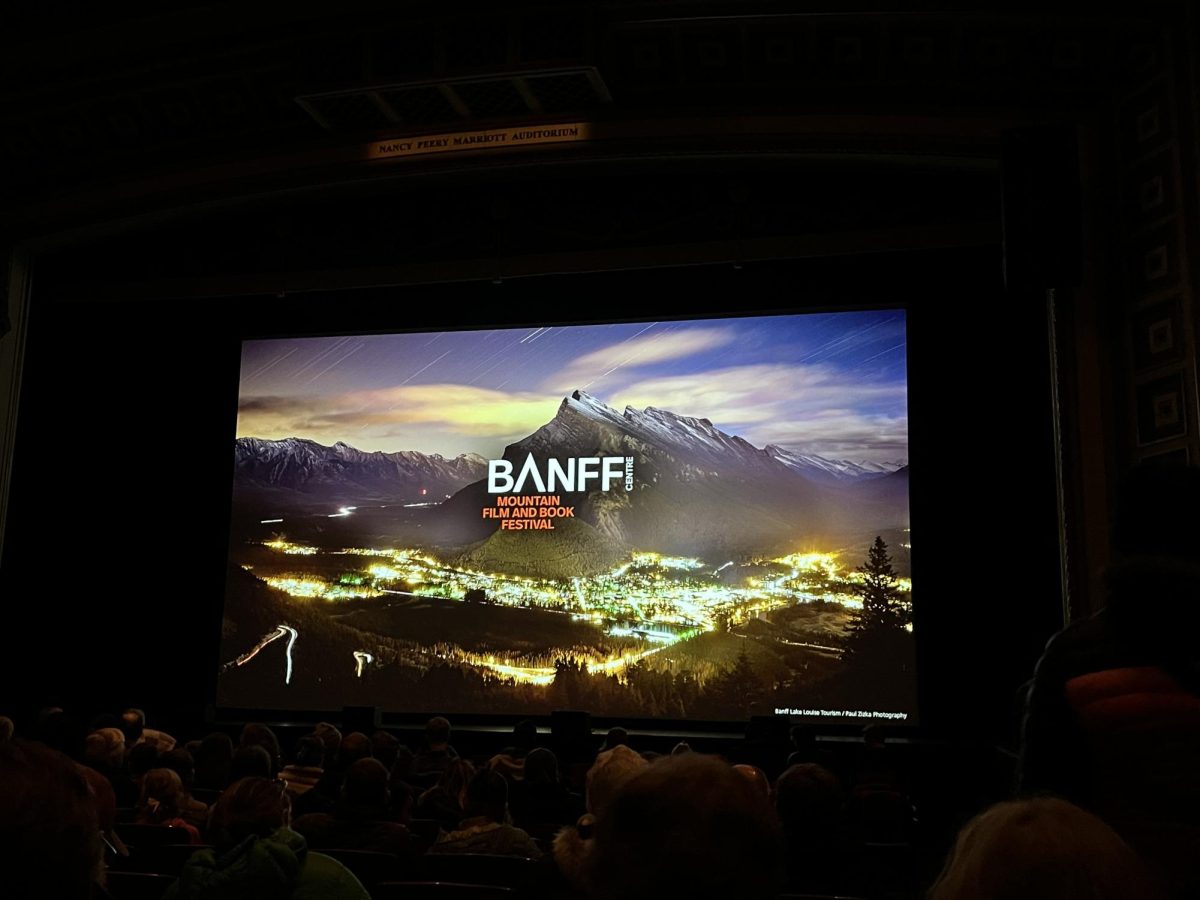Fishing Through ‘The Legend of Zelda’ Franchise
October 25, 2019
Fishing is a boring, repetitive task for most. Some like it for this reason — it provides a relaxation period with no real responsibility behind it — but others enjoy it for the catch. That being said, it’s not a task loved by all. So why would The Legend of Zelda series implement it into their games and how did it continue to grow in popularity? The reason is because without having to go through the boring side of fishing, you can enjoy all the fun and easily get hooked on it. Players can do what seems to be a hard task with little to no effort and reap all the enjoyment. Nintendo knew how to make it more appealing with each and every release.
The Legend of Zelda franchise has always been known as an action-packed series. The series captures its audience with a beautiful story and environment that has always made it hard to put down the controller. One thing the games are namely remembered for are the mini games within the game. The first mini game to come to mind is fishing. Though fishing in the traditional sense — with a pole and lure — really hasn’t been around since 2000 with “The Legend of Zelda: Majora’s Mask,” it’s still a feature that most gamers miss. Now, with the recent remake of The Legend of “Zelda: Link’s Awakening,” we all can jump back to the good ol’ days of sitting around for hours trying to reel in every virtual fish you can.
The Legend of Zelda: A Link to the Past
Fishing may not come to mind when you think of “The Legend of Zelda: A Link to the Past” because it technically didn’t include fishing — well, at least not in the typical Zelda fashion. In this title, fishing is more like a “World of Warcraft” style: boss grinding. For those who don’t know what “boss grinding” or “farming” are, they’re terms that refer to tediously killing lower-powered enemies for a long period of time in order to level up in preparation to face a boss or harvesting loot. The player would run down to the Swamp Ruins and drain the surrounding ruin water, then come back out of the ruin to collect one of several fish flopping around. The fish could be returned to the water for a reward of 20 rupees or sold to the bottle salesman in Kakariko Village for 20 rupees and other random items after a long hike.
The downside to this game’s farming is tediously walking back to the ruin, re-draining the water and carrying a fish to the village. “The Legend of Zelda: Link’s Awakening,” on the other hand, was the first game to integrate an actual fishing mini game, which was later improved.
The Legend of Zelda: Link’s Awakening
In “The Legend of Zelda: Link’s Awakening,” fishing finally gets its glory moment. In Mabe Village, a man can be found fishing in a small pond. After speaking with him, the opportunity is given to take his spot to fish. It costs 10 rupees to begin fishing and recast. The smaller of the two fish caught is a five-rupee reward. The bigger fish, called Lurkers, would give you 20 rupees.
The Legend of Zelda: Ocarina of Time
“The Legend of Zelda: Ocarina of Time” had major advancements compared to previous titles. The game went from an eight-bit 2D style in “The Legend of Zelda: Link’s Awakening” to a full-on 3D game in only five years. The change from 2D to 3D gave way to improved mini games. especially the fishing. In this game, you’d go to fishing pond, again near Lake Hylia, and pay 20 rupees to the pond owner. Fishing can be enjoyed for as long as preferred with no recast fee, but only the biggest catch at the end can be kept. The prized fish would be hung on the wall, replacing any smaller ones hung prior.

If you fish as child Link, he could be rewarded with a Piece of Heart towards earning more life for any fish over nine pounds. As adult Link, if fish are over 16 pounds the Golden Scale could be won, allowing him to dive for longer underwater.
With 3D graphics, the fishing lure doesn’t just sink underwater to fish at different depths, but also moves from side to side to help skim the water and attract fish easier. Once the line is casted, the camera changes from viewing Link in third person to the lure to control it. If a fish bites, the camera pans back behind Link in order to take control in reeling.
The Legend of Zelda: Majora’s Mask
“The Legend of Zelda: Majora’s Mask” has several similarities to the fishing in “The Legend of Zelda: Ocarina of Time,” and it was praised by fans as a complete and entertaining system. Like before, there’s a designated fishing spot — further added upon in the Nintendo 3DS version — with a choice of paying a 50-rupee fee or using a Fishing Pass. Each fishing hole has 10 fish types. Some can only be lured using the key game feature of “The Legend of Zelda: Majora’s Mask” — a mask. There are many kinds of masks, some working as lures, which certain fish would be attracted to, making it easier to catch them.
The Legend of Zelda: Twilight Princess
“The Legend of Zelda: Twilight Princess” added a major update to the fishing aspect of the franchise. Rather than limiting fishing to a mini game, it finally became a main game feature. Instead of a designated fishing area, fishing was possible anywhere with a new fishing style called bobber fishing. Bobber fishing replaced the old lure type, meaning Link would dip a rod into any bit of water to retrieve fish. The fishing rod became a more vital item. However, the nostalgia of fishing for long periods of time remained.
Hena’s Fishing Hole was a prime place not just to fish the old school Zelda way, but only particular fish and items could be found. Fish were more abundant and fishing made easier. A unique feature to the game was having a fishing companion. Link could fish on a canoe by himself at the fishing hole for 20 rupees or pay Hena 100 rupees to have her accompany you. She would then inform Link of the better fishing areas.
Once “The Legend of Zelda: Twilight Princess” — originally for the Nintendo GameCube — was playable on the Nintendo Wii, fishing with the handheld Wii Remotes created a more interactive experience. The player would have a similar movement of casting the line in game to flicking their wrist with the controller forward.

The Legend of Zelda: Breath of the Wild
“The Legend of Zelda: Breath of the Wild” omitted the fishing rod aspect. The only way to obtain fish is more reminiscent of “The Legend of Zelda: A Link to the Past.” Since obtaining food is a large part of surviving, fish make a somewhat easier substance to obtain for use in worthwhile recipes or sold for rupees.
There are two methods for catching fish. Players must get close enough to catch one alive while near it or kill it, then pick it up. The first way can be a long process as their reaction to your presence is to swim away. Killing the fish — albeit, just as tedious of a task — gives players the most animated response while fishing in this game. Neither are satisfying as the game’s predecessors.
Some players have gotten clever with the latter method to make it more fun. One way is by spearfishing while another is hunting. To spearfish, simply get a spear and lob it toward a fish. With enough practice, you can get pretty skilled while landing most throws. Bow fishing is very similar to spearfishing. Line up the shot, fire, then retrieve your catch.
The last method is seemingly the quickest entertainment: bomb-fishing. All you do is find a location with some fish, throw one of the infinite and free supply of bombs and scoop up the bundle of food. Even in a major title with no real fishing, players have got creative in continuing the fishing legacy.
The Legend of Zelda: Link’s Awakening (2019)
The most recent title in the franchise is the remake of “The Legend of Zelda: Link’s Awakening.” Nintendo made the reboot beautiful by adding aspects of its previous titles. As Link walks around, you’ll notice every familiar location, including the little pond with the man fishing. Like before, if you talk to him and pay your 10-rupee fee, you can cast a line. Runts receive five rupees and Lurkers give you 20.
In this game, players were heard and fishing was brought back — and with it came upgrades. Fish have more realistic AI in how they react to your lure. Callbacks to other games outside of the franchise included characters and items such as the Cheep Cheep fish, a Blooper squid, and a rare large fish from the Mario franchise called Ol’ Baron, worth a whopping 90 rupees.
Many games are known for having amazing mini games, some of which get turned into full-fledged games themselves. Only a few can come close to the enjoyment and addictiveness of any of “The Legend of Zelda” fishing games. Even with fishing being gone from the last few titles, we still see players finding a way to enjoy this age-old task. With the comeback of fishing and the mark it has on players, it will be surprising if it doesn’t remain in future releases of The Legend of Zelda games.











